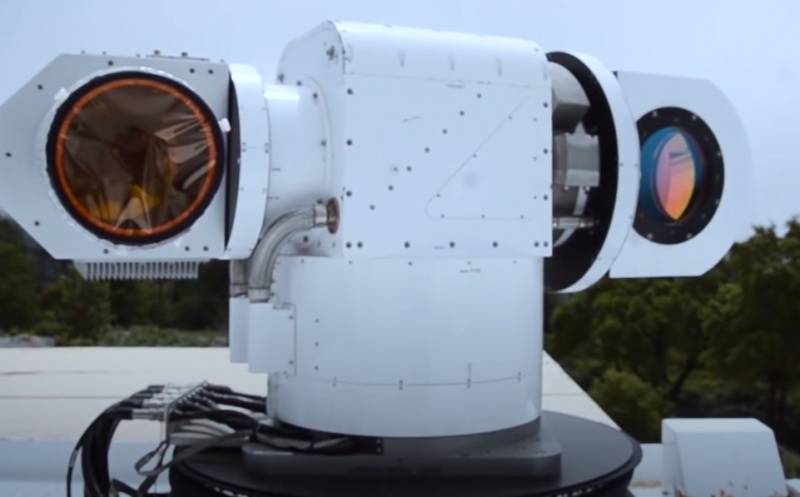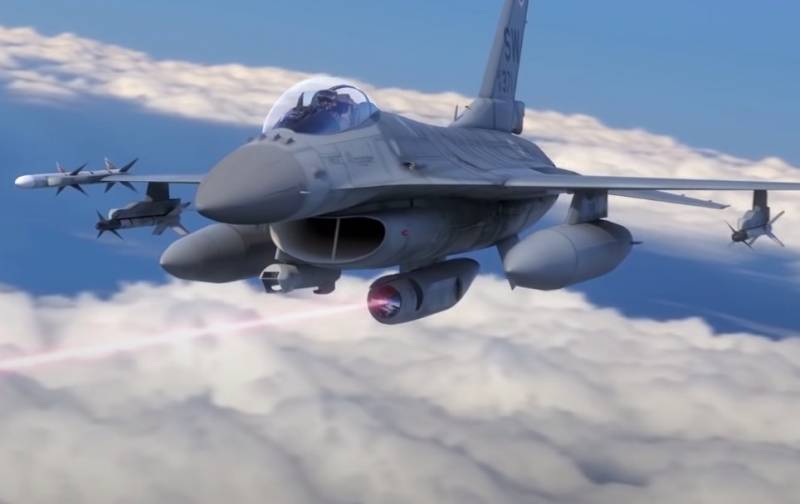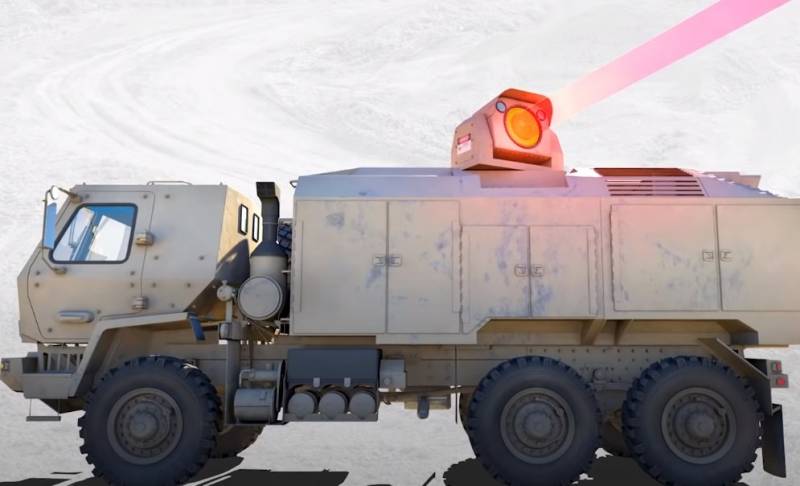In the USA: The world has suddenly entered the era of laser warfare
On the prospects of laser weapons the world has spoken for a long time. But until recently, discussions about the use of directed energy for military purposes were regarded by many as fantastic.
However, time is making its own adjustments: now the creation of laser weapons is one of the most important areas for the American military industry. Along with the development of hypersonic weapons, directed energy development is recognized as key to American defense and security.
According to Rob Afzal, senior researcher at Lockheed Martin for laser and sensor systems, the world has suddenly entered an era where laser weapons can be used in real combat situations. Dr. Afzal recalls that the laser was invented "around 1960", but for almost 60 years it has not been used in combat. This is due to two main reasons.
First, it was originally intended to use laser weapons for defense purposes, including to protect US territory from enemy ballistic missiles. The use of laser weapons in conventional combat was not paid attention, or was paid to a much lesser extent.
The second reason is the size of the equipment for using the laser beam. Such equipment was very bulky, it was impossible to install it on a combat vehicle, aircraft, or even on a warship. The apparatus would take up a lot of space, and more compact systems for using the beam have not yet been developed.
Currently, the United States has moved from building a strategic defense system to tactical defense. Consequently, the attitude towards laser weapons has also changed: now the Pentagon needs them not so much to counter ballistic missiles of a potential enemy, but to use them in conventional combat. Moreover, the market for conventional non-nuclear weapons is also developing: today there are a large number of inexpensive and at the same time very effective types of weapons, such as unmanned aerial vehicles and various types of mortars.
The ground for a new era in the development of laser systems has been paved, according to Dr. Afzal, by a technological revolution associated with the widespread adoption of fiber-optic communication technology. Following this area, lasers began to be actively used in industry, including for metal cutting.
Innovation has significantly changed both industry and the military, with Lockheed Martin being one of the pioneers in this direction, Afzal says, although it is clear that as a spokesman for the company, he is interested in adding its credibility.
At the same time, it cannot be denied that it is Lockheed Martin that has been working on the development of a laser beam control system for about 40 years. So, it was this company that began to implement the Airborne Laser program, then the capabilities were created for controlling the beam, tracking it. Moreover, work is now underway to reduce the size of laser energy control systems, which allows them to be installed on warships and aircraft. The smaller the installations become, the wider opportunities for their use will open up for the American armed forces.
According to Afzal, in modern conditions, combat laser weapons are acquiring another meaning. This is not only about combat effectiveness, but also about saving money: it hardly makes sense to use against numerous dronesmoving in swarms, expensive kinetic missiles. But laser weapons just have low operating costs once installed, and their use in such situations will save expensive missiles for more serious threats.
At the same time, it may be difficult to fight modern hypersonic missiles for laser weapons, but it is quite justified to destroy inexpensive enemy weapons such as UAVs or rocket shots. The first combat laser system introduced into the air defense system is the Russian "Peresvet", not so long ago put on alert.



Information